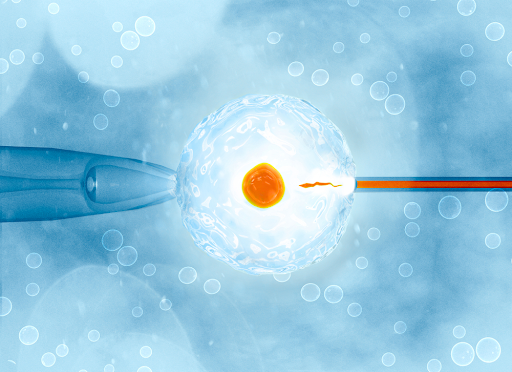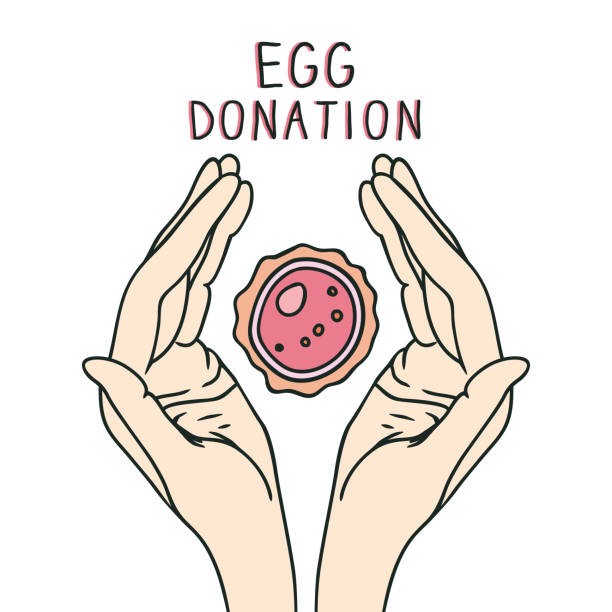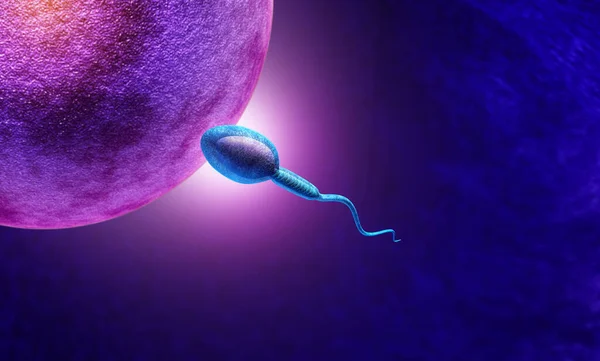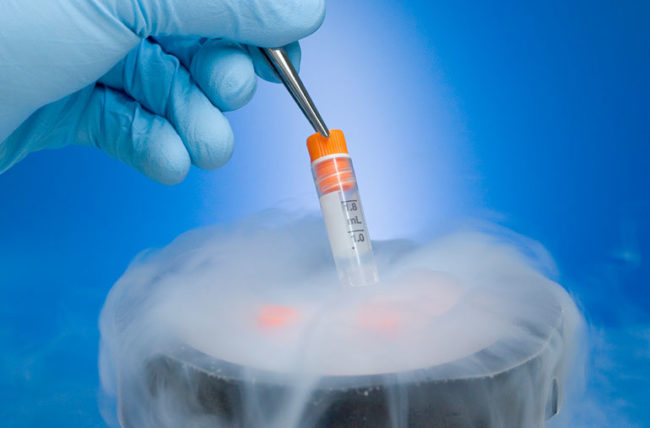Types of Assisted Reproductive Technology
Assisted Reproductive Technology (ART) can be referred to as a set of complicated and biotechnological advancements which can be employed to help couples who are finding it difficult to conceive. They are usually considered a last resort when all other conventional medical or surgical techniques have failed. The various techniques can be employed on both males and females and are not limited to only one gender.
In the simplified sense of it, ART is aimed at producing pregnancies. They involve complex processes which influence gametes (egg and sperm cells) to maximize the chances of fertilization and conception. ART, while chiefly geared towards achieving pregnancy, is not limited to that alone. Some couples employ ART for genetic purposes or to prevent some complications which can arise during pregnancy. Most of the technologies bypass the role of sexual intercourse in achieving conception, and the eggs and sperm are manipulated in laboratories. ART may be difficult for many to access; however, this is due to its high cost and the limited amount of coverage provided by insurance agencies.
What are the Types of Assisted Reproductive Technology?
There are a lot of Assisted Reproductive Technologies that exist, and they involve different techniques and aim to influence different reproductive cells. The type of ART that would be used or that will be the most appropriate is usually decided by the doctor or the fertility specialist in charge of the process. The different types of Assisted Reproductive Technology are:
IVF
This is a technique that involves the extraction of eggs and their fertilization in a lab. The egg, after fertilization forms an embryo which is usually transferred into the uterus of the woman. The chances of IVF success are usually better when the individual is younger and steadily decrease as the woman ages. An IVF success estimator is used to calculate or estimate the chances of a woman having a successful pregnancy and delivery with an IVF. It may take several cycles for an IVF to be successful, and sometimes IVF may not work at all. IVF greatly enhances and increases the chances of a couple conceiving but some of the complications or risks include multiple implantation or pregnancy, ovarian hyperstimulation syndrome, ectopic pregnancies, genetic abnormalities, etc.
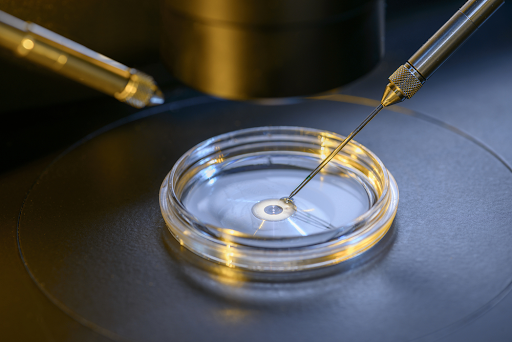
Intrafallopian transfer
This is similar to the transfer done in IVF but employs the use of laparoscopic surgery to deliver gametes directly to the fallopian tube. This method is employed by individuals with restrictions and people with limited insurance coverage. This method also has chances of multiple pregnancies. It also comes with complications that arise with surgeries like infection, organ damage, or anesthetic risks. This method is also usually more expensive than IVF. Some of the types include Gamete Intrafallopian Transfer (GIFT), Zygote Intrafallopian Transfer (ZIFT), and Pronuclear Stage Tubal Transfer (PROST).
Frozen embryo transfer
This involves the defrosting of previously frozen embryos and transferring them into the uterus of the woman. This has been proven to be as safe as using a fresh embryo in treatment. Some risks of frozen embryo transfer include preterm birth and there is some loss of frozen embryo on thawing.
Intracytoplasmic sperm injection (ICSI)
This is a procedure that is usually used by specialists in the IVF process in order to enhance the chances of fertilization. In the procedure, the specialist injects a single sperm cell directly into the center of the egg, bypassing the natural sperm fertilization process. The success rate of intracytoplasmic sperm injection is similar to those of IVF and is usually employed on individuals with sperm-related infertility. ICSI is an enhancing step of IVF so it is usually an added cost to the IVF process. Some of the risks of ICSI are the chance of damage to the eggs, failure of fertilization even after the injection of the sperm, and the chances of the baby coming out with a birth defect.

Third-party ART
This is when another person apart from the couple is involved in the process. The third party either donates sperm and eggs or chooses to be a surrogate for the couple. The surrogacy may be traditional or gestational. Some of the benefits of third-party ARTs are:
- they may work where repeated IVF cycles have failed,
- they can help individuals who can produce healthy eggs but cannot carry the pregnancy to term,
- they can help individuals having difficulties in gamete production and
- they can help individuals that want to avoid passing on genetic conditions to their offspring.

What are the steps to prepare for Assisted Reproductive Technology?
This may include practicing habits that may help improve the chances of success for the particular procedure. This can involve a lot of things, including:
- Reducing alcohol intake
- Quitting smoking
- Exercise
- Dietary changes
- Ingesting special vitamins and supplements
- Taking special injections etc.
Also, ARTs are expensive and as such, the couple must be thoroughly prepared for the procedure. Some of the factors that should be tested by the physician in order to maximize the chances of ARTs success include:
- Semen – This must be tested before the ART. It is usually done by a specialist on male fertility. It is done to identify if there are any correctable problems or any underlying health concerns that are present in the semen.
- Ovarian reserve – This is tested in order to measure the egg quality, quantity, and potential. Levels of follicle-stimulating hormone levels (FSH), estradiol, and Antimullerian hormone (AMH) are tested on the second and third day of the menstrual cycle of the woman. An antral follicle count is taken as well as the clomiphene citrate challenge test.
- Uterine cavity abnormalities – The uterus is examined for abnormalities like fibroids, polyps, and other abnormalities using a thin, flexible, lighted telescope along with a sonogram.
- Fallopian tube disorders – Things like the state of the fallopian tube are examined. The state may involve blockages to the tube or it being fluid-filled. These are usually addressed and resolved before the IVF procedure can go ahead.
The information provided in this blog is for educational purposes only and should not be considered as medical advice. It is not intended to replace professional medical consultation, diagnosis, or treatment. Always consult with a qualified healthcare provider before making any decisions regarding your health. Read more

